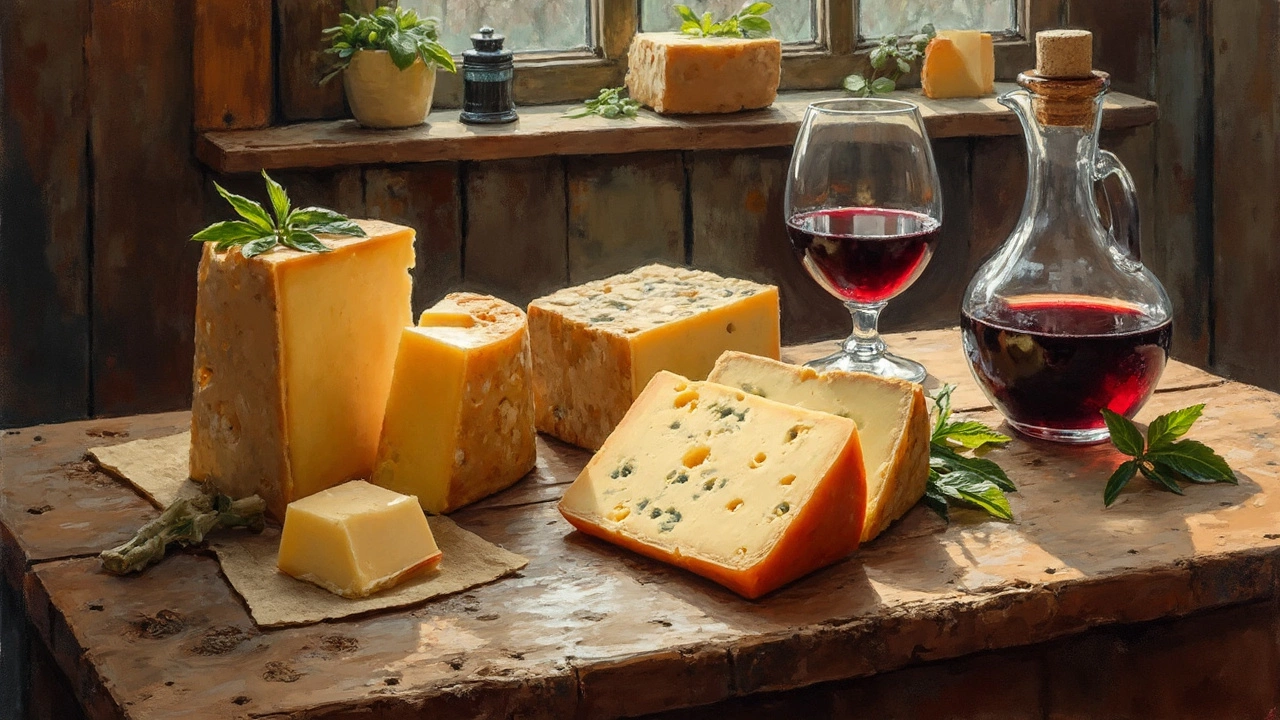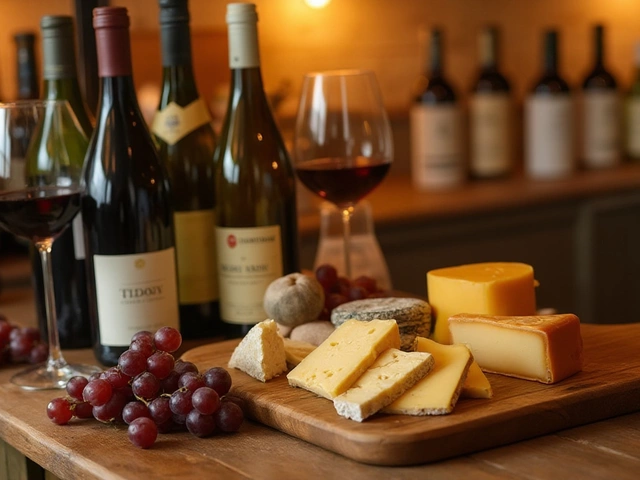Cabernet Pairing Guide: What to Eat with This Bold Red
Cabernet Sauvignon is the kind of wine that makes a statement. It’s full‑bodied, tannic, and often carries flavors of blackcurrant, cedar, and a hint of spice. The right food can soften those tough tannins and bring out the fruit, turning a good glass into a great experience. Below are the go‑to pairings that work every time, whether you’re cooking at home or ordering at a restaurant.
Meat That Meets Cabernet’s Muscle
Steak is the classic partner for Cabernet, and for good reason. A nicely seared ribeye or a grilled flank steak has enough fat and protein to cushion the wine’s astringency. Aim for a medium‑rare finish so the meat stays juicy; overcooking makes it dry and the wine can taste overly sharp.
If you’re not a steak fan, try lamb chops with a rosemary‑garlic rub. The herbaceous notes echo the wine’s earthy side, while the lamb’s natural gaminess balances the fruit. Even a hearty beef stew with root vegetables works – the slow‑cooked flavors meld with the wine’s depth, creating a comforting match.
Cheese Choices That Complement Cabernet
Cheese lovers, you’re in luck. Hard cheeses with a firm texture like aged cheddar, gouda, or Parmigiano‑Reggiano bring a salty, umami punch that cuts through the tannins. The nuttiness of a good gouda especially highlights the wine’s subtle oak hints.
Blue cheese can be a bold move, but a milder blue such as Gorgonzola works if you like a contrast of sweet and sharp. The creamy veins soften the wine’s bite, making each sip feel smoother. For a lighter option, consider a firm goat cheese flavored with herbs – the acidity mirrors the wine’s bright fruit, creating a lively pairing.
Don’t forget about charcuterie. A platter with cured salami, prosciutto, and a few olives offers salty, fatty bites that let the Cabernet shine without overwhelming it.
Beyond meat and cheese, there are a few other foods that surprisingly click with Cabernet. Dark chocolate (70%+ cacao) brings a bittersweet element that mirrors the wine’s own dark fruit notes. Grilled portobello mushrooms add an earthy, umami feel, perfect for a vegetarian twist. If you’re craving something sweet, try a fig jam on toasted baguette – the jam’s natural sweetness softens the tannins while the crust adds texture.
When putting together a Cabernet dinner, think about balance. Pair the wine with foods that have enough richness to match its weight, but also consider contrasting flavors that can brighten the palate. A simple rule of thumb: match intensity. Light salads go with light wines, while robust dishes need a wine that can keep up.
Finally, a quick tip on serving temperature: Cabernet tastes best between 60‑65°F (15‑18°C). If you chill it too much, the fruit will taste muted; too warm and the alcohol can become harsh. Let the bottle sit in the fridge for about 15 minutes before serving, or use a wine cooler if you have one.
With these pairings in your toolkit, you’ll never feel stuck wondering what to serve with your next bottle of Cabernet. Whether it’s a steak night, a cheese board, or a cozy chocolate dessert, the right match makes every glass feel purposeful and delicious.
Unveiling the perfect cheese companions for a glass of Cabernet Sauvignon, this article explores the delicate balance between flavors, textures, and aromas. It offers practical insights, suggesting popular cheese options like aged cheddar, gouda, and blue cheese that bring out the best in this bold red wine. Whether you're a seasoned wine enthusiast or just getting started, these pairing tips are your roadmap to a delightful tasting experience. You’ll also discover some fun facts about wine and cheese chemistry that might surprise you.
View Details

